Entry Category: Recreation and Sports
 Ellis Kinder
Ellis Kinder
Kinder, Ellis Raymond
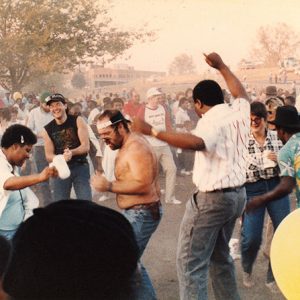 King Biscuit Crowd
King Biscuit Crowd
King Biscuit Blues Festival
aka: Arkansas Blues and Heritage Festival
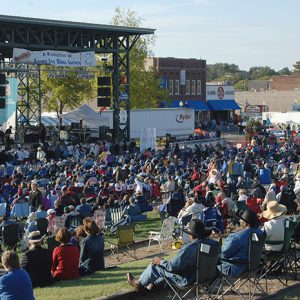 King Biscuit Blues Festival
King Biscuit Blues Festival
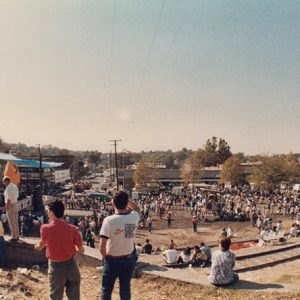 King Biscuit Blues Festival Crowd
King Biscuit Blues Festival Crowd
 King Lear
King Lear
King of Clubs
 King of Clubs
King of Clubs
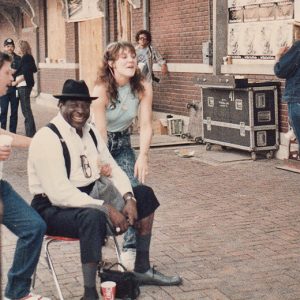 Albert King
Albert King
 Whitney Kirk
Whitney Kirk
 Joe Kleine
Joe Kleine
Kochel, Guy Ward, Jr.
 Mike Kumpuris
Mike Kumpuris
Kurosaki, Ryan
Lacewell, Larry Wayne
Lake Catherine State Park
Lake Charles State Park
Lake Chicot State Park
 Lake Dardanelle Entrance
Lake Dardanelle Entrance
Lake Dardanelle State Park
 Lake Dardanelle State Park
Lake Dardanelle State Park
Lake Fort Smith State Park
Lake Frierson State Park
 Lake Greeson
Lake Greeson
Lake Lucerne
 Lake Lucerne
Lake Lucerne
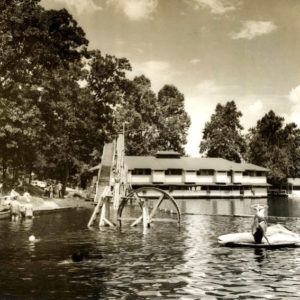 Lake Lucerne
Lake Lucerne
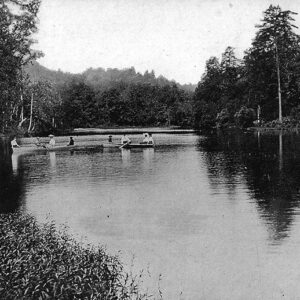 Lake Lucerne as Sanitarium Lake
Lake Lucerne as Sanitarium Lake
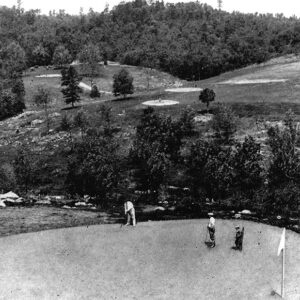 Lake Lucerne Golf
Lake Lucerne Golf
 Lake Lucerne Swimming
Lake Lucerne Swimming
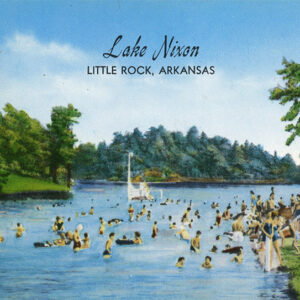 Lake Nixon
Lake Nixon
Lake Ouachita State Park
Lake Poinsett State Park
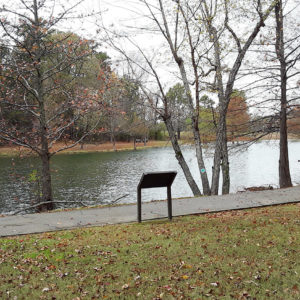 Lake Ponder
Lake Ponder
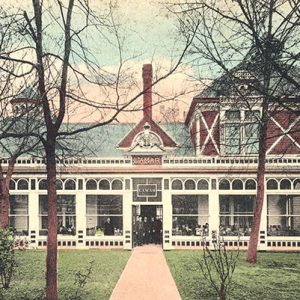 Lamar Bathhouse
Lamar Bathhouse
 Lamar Porter Athletic Field
Lamar Porter Athletic Field
Lamar Porter Athletic Field
 Lamar Porter Field
Lamar Porter Field
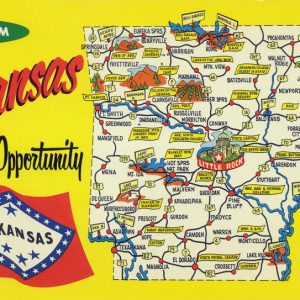 "Land of Opportunity" Postcard
"Land of Opportunity" Postcard
Lee, Clifton Phifer (Cliff)
Lee, Haeng Ung
 Lepanto Attractions
Lepanto Attractions
Lepanto Terrapin Derby
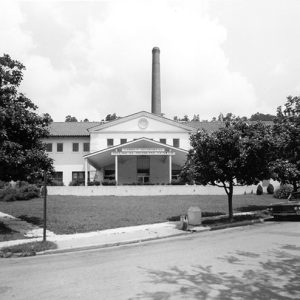 Libbey Memorial Physical Medicine Center
Libbey Memorial Physical Medicine Center
Lindbergh Day
aka: Guggenheim Tour
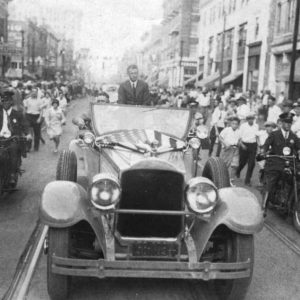 Lindbergh in Little Rock
Lindbergh in Little Rock
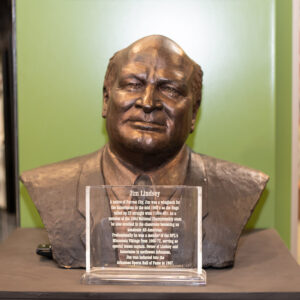 Jim Lindsey Bust
Jim Lindsey Bust




